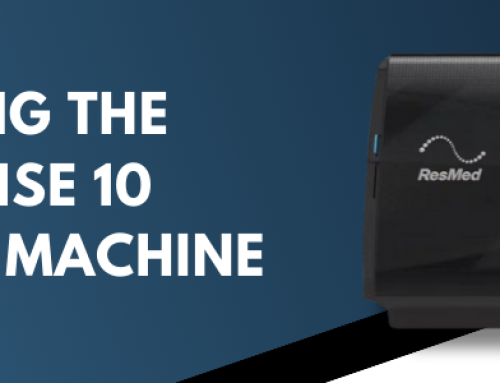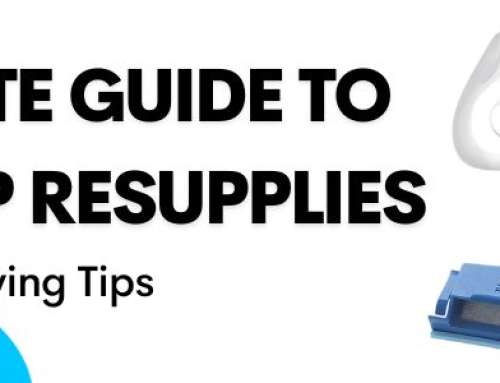Unlocking Coverage: Your Guide to Getting a CGM System Through Insurance
Living with diabetes can be challenging, but Continuous Glucose Monitoring (CGM) systems have revolutionized diabetes management. These devices offer real-time glucose readings, helping individuals maintain optimal glucose levels. However, CGM systems can be expensive. This is where insurance can play a crucial role. In this guide, we’ll walk you through how to get a CGM system through insurance, ensuring you can manage your diabetes effectively without breaking the bank.
Understanding Continuous Glucose Monitoring (CGM) Systems
What is a CGM System?
A CGM system is a medical device that continuously tracks glucose levels in the interstitial fluid. Unlike traditional blood glucose meters that require finger pricks, CGMs provide real-time data throughout the day and night.
How CGM Systems Work
CGM systems use a tiny sensor inserted under the skin to measure glucose levels. The sensor sends data to a transmitter, which then relays the information to a receiver or smartphone app. Users can view their glucose trends and make informed decisions about their diet, exercise, and insulin administration.
Popular CGM Systems on the Market
Some of the leading CGM systems include the Dexcom G6, Abbott’s FreeStyle Libre, and the Medtronic Guardian Connect. Each system has unique features, but all provide valuable insights into glucose patterns.
Why Insurance Coverage for CGM is Important
High Cost of CGM Systems Without Insurance
Without insurance, CGM systems can cost hundreds to thousands of dollars annually. This includes the initial device cost, sensors, and transmitters. For many, these costs are prohibitive.
Long-Term Health Benefits and Cost Savings
Investing in a CGM system can prevent costly complications from uncontrolled diabetes, such as hospitalizations or long-term health issues. Insurance coverage makes these benefits accessible to more people.
Improved Quality of Life for Users
CGM systems provide peace of mind and improve quality of life by reducing the need for frequent finger sticks and offering better glucose control.
Types of Insurance That Cover CGM Systems
Private Insurance Plans
Many private insurance plans cover CGM systems, especially if they are deemed medically necessary. Coverage details vary by provider and plan.
Medicare and Medicaid
Medicare Part B covers CGM systems for individuals with diabetes who meet specific criteria. Some Medicaid programs also cover CGMs, but this varies by state.
Employer-Provided Insurance
Employer-provided insurance often includes CGM coverage. It’s important to review your policy or speak with your HR department for details.
Eligibility Criteria for Insurance Coverage
Medical Necessity
Most insurers require proof that a CGM system is medically necessary. This typically involves demonstrating a history of hypoglycemia or hyperglycemia that is difficult to manage with traditional methods.
Doctor’s Prescription
A doctor’s prescription is usually required to obtain a CGM system. Your healthcare provider will evaluate your condition and determine if a CGM is appropriate.
Prior Authorization Requirements
Some insurance plans require prior authorization before approving CGM coverage. This means your doctor must submit documentation justifying the need for the device.
Steps to Get a CGM System Through Insurance
Step 1: Consult with Your Healthcare Provider
Discuss your interest in a CGM system with your healthcare provider. They can assess your condition and determine if a CGM is right for you.
Step 2: Obtain a Prescription
If your doctor agrees that a CGM is necessary, they will write a prescription. This is a crucial step in securing insurance coverage.
Step 3: Verify Insurance Coverage
Contact your insurance company to verify coverage for CGM systems. Be sure to ask about any specific requirements or restrictions.
Step 4: Submit Prior Authorization
If required, your doctor will need to submit a prior authorization request to your insurance company. This process can take some time, so it’s important to start early.
Step 5: Choose a CGM Supplier
Once you have approval, select a supplier for your CGM system. Your insurance company may have preferred suppliers, so check with them first.
Step 6: Receive and Set Up Your CGM System
After choosing a supplier, you will receive your CGM system. Follow the instructions for setup and calibration, and take advantage of any training resources offered.
How to Verify Your Insurance Coverage
Contacting Your Insurance Company
Call your insurance provider’s customer service to inquire about CGM coverage. Have your policy number and relevant medical information handy.
Reviewing Your Insurance Policy
Examine your policy documents for details on durable medical equipment (DME) coverage, which typically includes CGM systems.
Asking Specific Questions About CGM Coverage
Ask specific questions about your coverage, such as the extent of coverage, any co-payments, and the process for obtaining prior authorization.
Submitting Prior Authorization
What is Prior Authorization?
Prior authorization is a process where your insurance company reviews your medical necessity for a CGM system before approving coverage.
Documents Needed for Prior Authorization
Typically, you’ll need a prescription from your doctor, medical records, and a letter of medical necessity.
Tips for a Successful Prior Authorization Submission
Ensure all documents are complete and accurate. Follow up with your insurance company to confirm receipt and processing.
Choosing a CGM Supplier
Factors to Consider When Choosing a Supplier
Consider factors such as supplier reputation, customer service, delivery options, and training support.
Popular CGM Suppliers and Distributors
Popular suppliers include Edgepark, Byram Healthcare, and local pharmacies. Research and compare options to find the best fit for you.
Comparing Supplier Services and Support
Evaluate supplier services such as customer support availability, training resources, and the ease of reordering supplies.
Receiving and Setting Up Your CGM System
Delivery and Setup Process
Your chosen supplier will deliver the CGM system to your home. Follow the provided instructions for initial setup and calibration.
Initial Setup and Calibration
Most CGM systems require an initial setup and calibration period. Follow the manufacturer’s guidelines carefully.





